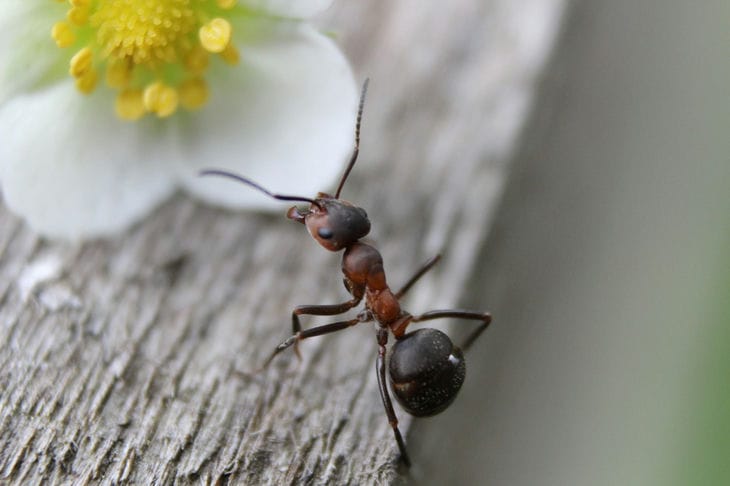How to Make an Ant Trap with Your Own Hands: Effective Ways to Fight
Ants can be a real problem both in the home and in the garden. Their presence is not only annoying, but can also cause damage to plants and food.
Many people are looking for effective and safe ways to combat these insects. Making a DIY ant trap is one of the best solutions.
This method allows for minimal use of chemicals, providing a safe environment for children and pets.
The principle of the trap
The basic principle of operation of an ant trap is based on the use of baits that attract insects and substances that destroy them.
The ants carry the poison into the anthill, which helps to fight the entire colony.

It is important to use components that are safe for humans but effective against ants.
The bait must be attractive enough for insects to be willing to use it.
Preparation of materials
To create a trap, you will need simple materials that can be found in every home.
One of the main components is boric acid. This substance is safe for humans and pets, but is deadly for ants.
You will also need sugar or honey for bait, water, and a container to place the trap in. These ingredients allow you to create an effective remedy without resorting to chemical insecticides.
Making the bait
To make the bait, you need to mix boric acid with sugar or honey in a ratio of 1:3. This ratio provides an optimal combination, in which the ants willingly eat the bait and carry it to the anthill.
The mixture can be diluted with a small amount of water to the consistency of thick syrup. The resulting mass should be placed in a small container, such as a bottle cap or plastic container.
Setting up a trap
Traps should be placed in areas where ants are most active. These may include corners of rooms, areas near windows and doors, and areas around trash cans and kitchen counters.
It is important to ensure that traps are out of the reach of children and pets.
The ants will be attracted to the bait and carry the poison back to the nest, gradually reducing the number of insects in your home.
Control and replacement of bait
The effectiveness of the traps depends on regular monitoring and replacement of the bait. The prepared mixture loses its attractiveness over time, so it needs to be renewed every few days. It is also worth monitoring the number of ants near the traps.
If the number of insects has decreased significantly, this indicates that the traps are working successfully.
If the bait no longer attracts ants, you should try changing its composition or the location of the traps.
Additional methods of control
In addition to traps, other methods of ant control can be used. One effective method is the use of essential oils.
Lavender, peppermint, eucalyptus and tea tree oils repel ants and prevent them from entering your home.
It is enough to apply a few drops of oil to a cotton pad and place it in the places where insects penetrate.
Regular cleaning and maintenance will also help prevent ants.
Preventing the appearance of ants
To prevent ants from reappearing, you should pay attention to preventive measures.
It is important to keep your home clean, especially the kitchen and food storage areas.
Leftover food and crumbs attract ants, so they should be cleaned up regularly. Storing food in airtight containers also helps prevent insects from accessing your food.
Checking and sealing all cracks and holes in your home will help prevent ants from entering from outside.
Earlier we wrote about why cucumber leaves wither and dry out.
